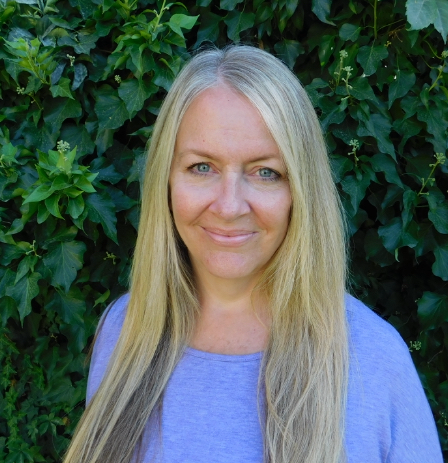Matters that Matter: Domestic abuse – see something, say something

Laura Giles
A friend told me about an incident with her abusive spouse that was witnessed by others. As he yelled and screamed at her, ranting and raving aggressively, some passersby did just that – passed by. No calls to the police, no intervening, no checking on her later.
I wonder how often this happens, how often people don’t want to get involved or just aren’t sure what to do. But, it’s time to do something. We can no longer simply pass by.
With the beginning of the month of October, National Domestic Violence Awareness Month begins as well. This month was first observed during the month of October in 1981 as a national “Day of Unity.” Now, the entire month is set aside to unite advocates across the nation in their efforts to end domestic violence, according to National Domestic Violence Hotline, thehotline.org.
Let’s not forget that physical violence is not the only form of domestic abuse that is hurting adults and children right here in our state as well as across the country. Did you know that emotional and verbal abuse can have short-term and long-lasting effects that are just as serious as the effects of physical abuse? These forms of abuse, as my aforementioned friend was living through, includes insults and attempts to scare, isolate and control. Often, these are a sign that violence may soon follow, according to Office on Women’s Health, womenshealth.gov.
Other types of abuse include financial abuse, sexual violence, tracking and stalking, harassment and teen dating violence. Abusive partners utilize these types of abuse to gain control of and power over the other person.
According to Brooke Muir, Fight Against Domestic Violence executive director, data coming in from the Lethality Assessment Protocols shows an increase in reported domestic violence incidents. However, this doesn’t necessarily mean that violence is happening more often than before.
“Now that all law enforcement are required to conduct lethality assessments when responding to domestic violence calls, it naturally will increase the number of reported victims and increase the referral to domestic violence service providers,” she said. Lethality assessments are given by first responders to determine a domestic violence victim’s amount of risk of being severely injured or killed by a partner.
“The good news is that more victims are being connected to resources. The bad news is that those service providers are under more strain without an increase in state funding,” Muir said.
Even with an increase in reporting, it’s difficult to know how many people are actually victims. Many are afraid or ashamed to tell or they just don’t know where to turn.
There are resources available to help. The Utah Domestic Violence Coalition runs a 24-hour hotline at 801-897-5465. The Refuge Utah also has a 24-hour hotline at 801-377-5500. The National Domestic Violence Hotline is 800-899-7233.
So, back to the situation with my friend. What should we do if we see, hear or suspect that someone we know – or even someone we don’t know – is being victimized?
“I fall back on the good old adage, ‘see something, say something,'” Muir said. “If it is a family member or friend, make sure you are coming from a space of love and concern. Let them know your concerns and that you are here to help however you can. Let them know that the abuse they are experiencing is not their fault. Know the resources so that you know how to help. If it is a neighbor or stranger, if you are hearing or seeing violence, particularly against a child, call the police. That call just may save a life.”
Whatever we do, let’s not be passersby. If we see, hear, know or suspect something, let’s act. Call a hotline number for advice. Call the police. Talk to the victim. If you don’t feel comfortable doing it yourself, enlist someone who does. It’s time to put a stop to domestic abuse of any kind.


